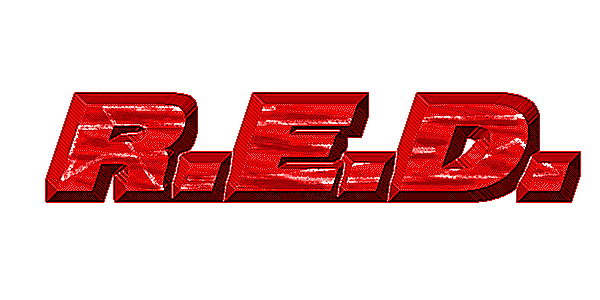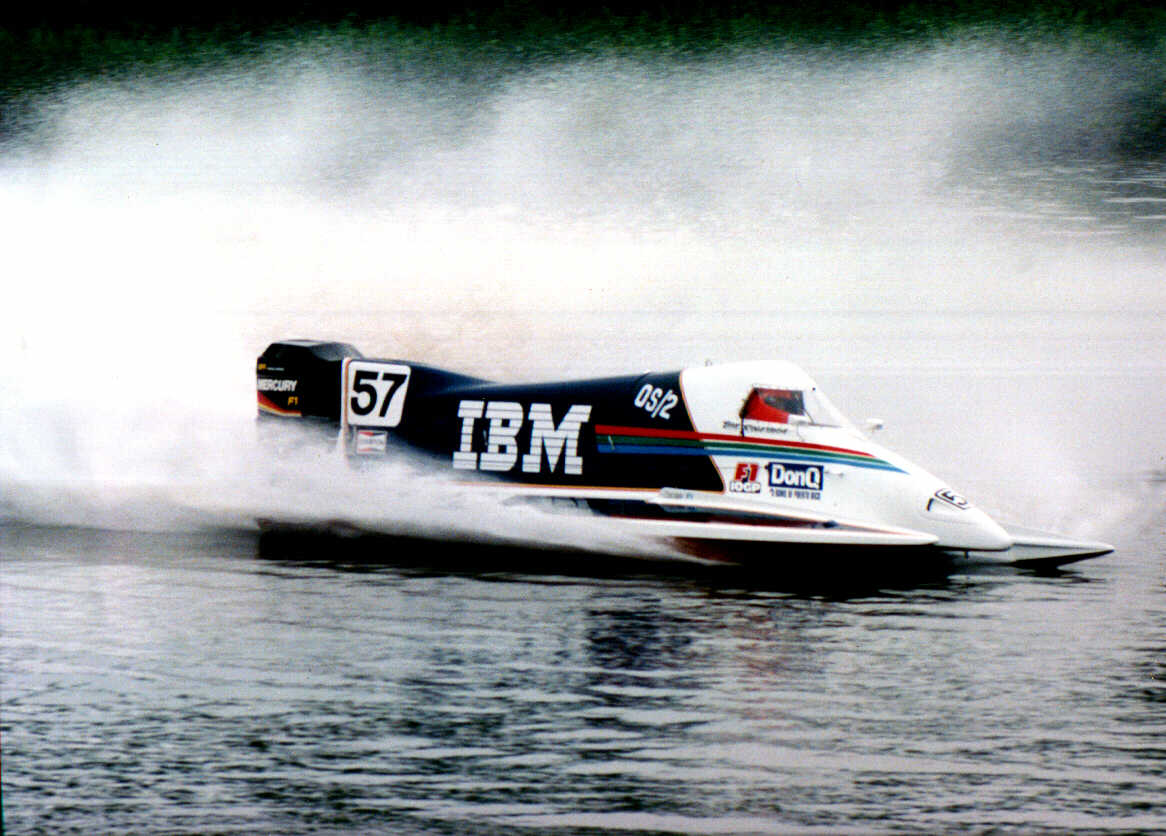


Two stroke marine outboard applications impose several uniquely individual circumstances that are very different from other two stroke engine uses. They include but are not limited to:
- very high and (normally) constant load (hydrodynamic drag is much greater than aerodynamic drag)
- other than propeller "slip", there is no provision for selectably different or variable ratios (some form of "transmission") between the "powerhead" and the medium we are traversing (water)
- the space allowed for an exhaust system configuration is very limited and compact
- multiple cylinders are compacted tightly together in cast form to reduce bulk, mass and maintain as low as possible center of gravity
The "load" placed on a marine engine is incredibly high by other engine use environment comparisons. The displacement of water requires great amounts of torque. Hull design improvements improve efficiency here but the comparable load on the engine is always extreme. This must be carefully considered and allowed for when planning modifications to enhance power output. The limits of detonation are always seen earlier in marine use. It is fairly common to encounter the situation where what would be considered conservative modifications in another form of recreation are too radical for outboard implementation and result in a "meltdown". For these reasons it is important to select a tuner who is familiar with outboard modification approach differences vs. karts, motorcycles, snowmobiles, etc..
Further emphasizing the need for a broad powerband and high torque production at relatively low RPM's is the lack of a conventional "transmission". There is usually some ratio reduction between the powerhead and the prop shaft, but it is almost always one, constant ratio. The propeller "slips" or cavitates during initial acceleration from a dead stop allowing only a partial connection to the water medium (similar to slipping a conventional clutch). As speed increases, slip is reduced allowing the motor to "hook up" with water, so to speak. It works and with a minimum of fuss and hardware complication but it relegates the tuner to always preserving a relatively wide powerband. If an unknowing tuner creates a narrow, peaky high rpm powerband in his customer's outboard, many times it will not make enough power at take off engine speeds to get the boat to plane off quickly (or sometimes at all!). Frequently then, a propeller compromise will be made to render the engine set-up usable, but probably not satisfying.
Although all engines, two and four stroke, require a harmony of all package components to produce good output, if you had to point to a singularly most influential item in a two stroke engine it would have to be the exhaust system. Unfortunately, the space constraints in a marine outboard are so severe that a "commonized" multi-cylinder exhaust system is mandated. Usually all cylinders are dumped into a volumous area in the midsection above the gearcase to be somehow unceremoniously excreted through an outlet above or actually through a portion of the gearcase, often underwater for sound reduction. While this accomplishes the goal of getting rid of exhaust product and producing an acceptably low level of exhaust noise, tuning-wise it is antiquated and prehistoric. The exhaust "runners" from each cylinder to the point of midsection entry are almost always unequal length. While this can be utilized to broaden the power curve, it also causes the cylinder(s) with the shortest runner length to run potentially lean at high rpm. Sometimes diffuser cones ("megaphones"), or reasonable facsimiles thereof, are used inside the midsection to enhance scavenging of exhaust gases but they will again have varied effects tied to the runner lengths leading into them. Still, there are often changes that can be done to improve overall performance if approached cautiously and, for those not restricted in their application rules, expansion chamber sets can be designed and fabricated. This is a huge performance improvement when possible.
The efforts made in keeping the engine block compact restricts the available transfer passage volume between cylinders. This in turn somewhat reduces peak potential engine output and forces the design of straight, "follow-the-liner" style transfer conduits. These types of passages require careful modification to improve their efficiency and delivery capability without dramatically elevating and narrowing the powerband. They're difficult to get into and modify accurately and consistently, yet they can make the difference between a real hit, something mediocre or a complete miss in an engine set-up.
The issue of port timing boundaries vs. rpm of operation also changes in the marine outboard. Especially in recreational set-ups, it is easy to use too much port timing and dramatically hurt low end power. Weight of the boat and its' intended typical load, hull design and efficiency, engine size vs. boat size factor, propeller and the nearly always present commonized exhaust system (to be read "commonized overlapping wave activity") all place very real limits on practical timing figures that can be employed on each type of port... especially the exhaust. As always in any two stroke, these timing limitations have to be balanced against window widths and shapes that don't overly compromise ring and piston life and don't intrude upon ring end gap travel areas. The chosen window areas and shapes will largely influence the "shape" of the power curve above and especially below peak output.
I have ported outboard blocks for recreational, lake and river racers, tunnel boats (including Formula One OMC V8's and Mercury V6's), hydroplanes and offshore catamarans since early 1984. I'm always eager to discuss an individual's needs and attempt to assist with their questions. I invite you to contact me by e-mail or call 9:00 AM to 12:00 Noon and 1:00 PM to 5:00 PM Eastern time @ (207) 221-0765, Monday through Friday. If you call when I'm on the flow bench or otherwise occupied, please leave a message and expect a prompt callback as soon as possible.
Auto Harley Vintage Jap Bike Two Stroke Int-Exh Syst Top History Ref's Links Search Home